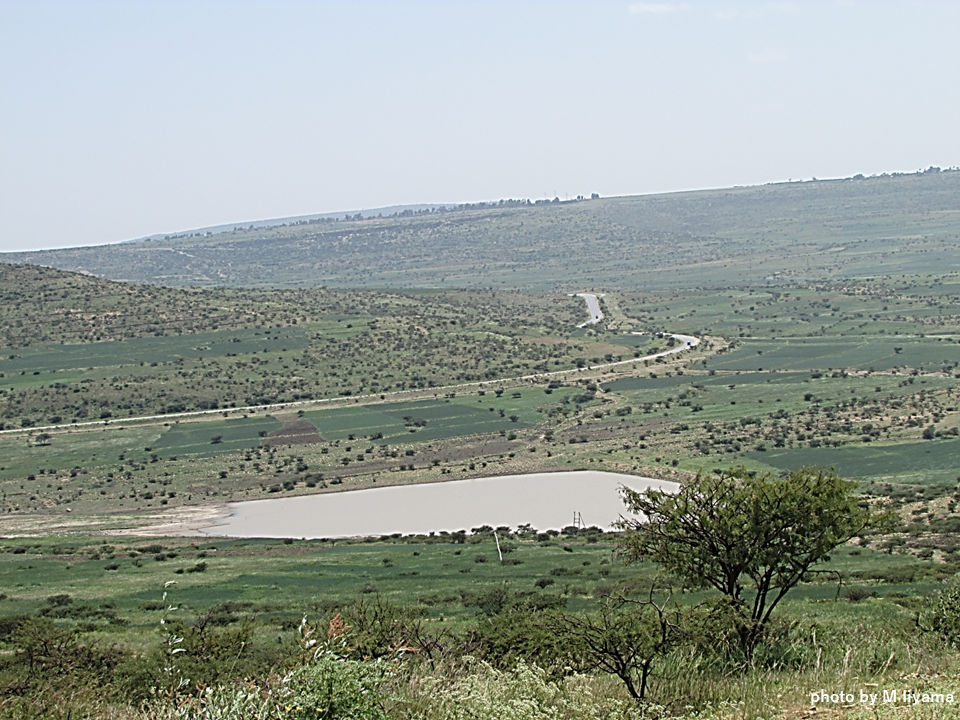Pick Up
708. The Water Crisis

Among the world's polycrisis, the water crisis is the most urgent. In preparation for the launch of the journal Nature Water and the UN Water Conference scheduled for March 2023, an article in Nature called for research to solve the water crisis. Many low- and middle-income countries lack access to safe drinking water, and many lives are lost due to poor sanitation.
In the context of the SDGs, the water-centered goal is SDG 6 “Clean water and sanitation” but water is also critical to achieving the food security goal - SDG 2 "Zero hunger”. Agriculture uses 70% of the world's freshwater withdrawals.
In response to the water crisis in the agricultural sector, here are some messages from The State of Food and Agriculture 2020 from a previous Pick Up article.
1. 3.2 billion people live in agricultural areas with high to very high water shortages and scarcity, of whom 1.2 billion (about one-sixth of the world's population) live in agricultural areas with severe water shortages.
2. Population growth is a major cause of water scarcity, with annual freshwater resources declining by more than 20% over the last 20 years.
3. Socio-economic development is also one of the important driving factors for increasing demand for water, and a sustainable diet at the food systems level can reduce water consumption.
4. Competition for water and climate change have created tensions and conflicts among stakeholders, exacerbating inequality in access to water, especially for vulnerable people, including rural poor, women and indigenous populations.
5. According to the first estimates of the Sustainable Development Goals (SDGs) Indicator 6.4.2 on water stress and shortages in rained agriculture, ensuring sustainable water management remains a challenge. It suggests that proper management of scarce water resources is also important for achieving the achievement of other SDGs, especially SDG2 (Zero Hunger).
6. The SDGs cannot be achieved without the more productive and sustainable use of freshwater and rainwater in agriculture, which accounts for more than 70% of global withdrawals.
7. In order to improve the sustainability of water use in agriculture, it is necessary to secure environmental flow to maintain the ecosystem, and this will require reducing withdrawals and improving water-use efficiency in those watersheds where environmental flow requirements are not guaranteed.
8. Water accounting and auditing should be the starting point for effective strategies to address water scarcity and its response. The FAO Water accounting and auditing sourcebook provides guidelines on how to proceed.
9. For 128 million hectares (11%) of rainfed farmlands affected by recurring droughts, water-saving technologies can increase production by up to 24%, and can increase by more than 40% when combined with irrigation.
10. For 656 million hectares (14%) of grazing land affected by drought, various measures indirectly related to water, such as disease control and animal health, livestock feeding and drinking management, and mobility and stratification of production to reduce grazing pressure in arid areas can be taken to buffer the effects of drought and improve water productivity.
11. For 171 million hectares (62%) of irrigated agricultural land in the world, which are under high water stress, improve water productivity by restoring and modernizing existing irrigation infrastructure and adopting innovative technologies.
12. Investment in non-consumptive uses of water and non-conventional sources of water such as water reuse and desalination are important strategies to make up for water scarcity, and these, innovations must be economically efficient, socially acceptable, environmentally sustainable, and appropriate to the context.
13. Policies and regulations play a central role in facilitating the implementation of technologies and innovations through financing, capacity building programs and the implementation of environmental flow requirements.
14. For efficient, sustainable and equitable water resources management, policy coherence and governance mechanisms across administrative scales and sectors are essential. Especially in agriculture, coherent and comprehensive strategies are needed in the areas of rainwater and irrigated farmland, livestock production systems, inland fisheries, aquaculture and forestry.
Contributors: KANAMORI Norihito (Information and Public Relations Office), IIYAMA Miyuki (Information Program)
